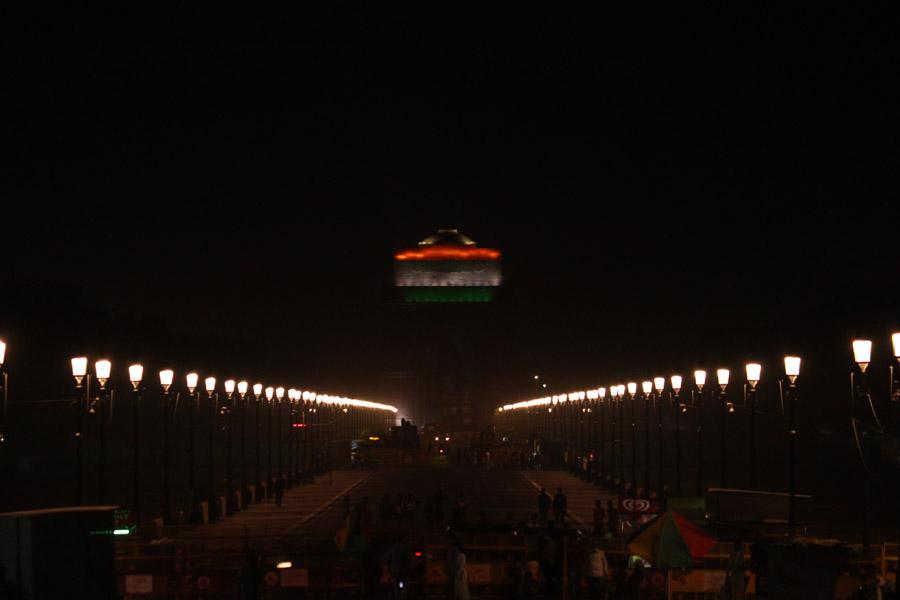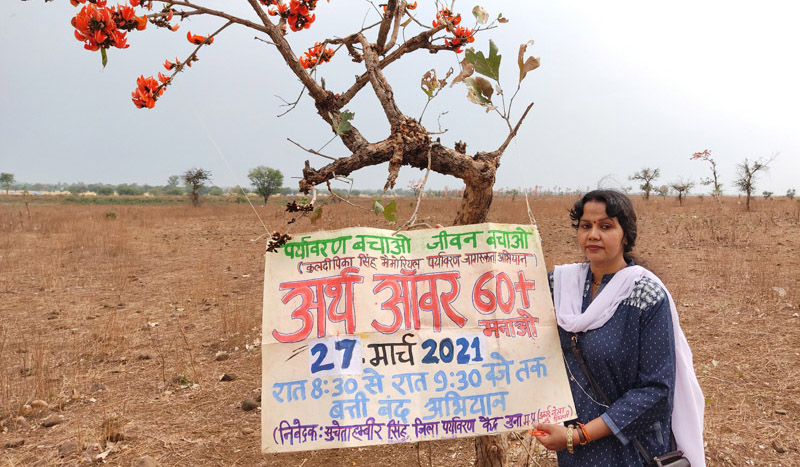 © WWF-India
© WWF-India
Earth Hour India 2024
Earth Hour 2024 marked the Biggest Hour for Earth yet, with supporters from more than 180 countries and territories contributing over 1.4 million hours through the ‘Hour Bank’. India ranked #2 on the global leader board with an equivalent of 30 years given for Earth. WWF-India’s Delhi headquarters organized the first Earth Hour Festival, which engaged nearly 1,000 people through diverse lifestyle interests.
During Earth Hour, more than 250 significant landmarks, monuments, government buildings, educational institutions and corporates across the country switched off their non-essential lights, sending a powerful message of unity for nature conservation.

2023
Last year saw the largest Switch Off of Earth Hour India with 150+ significant landmarks, monuments, government buildings, historical sites, educational institutions and corporate offices going dark for an hour on 25th March, 2023. More than 2,000 people participated in 13 cyclothons organised by WWF-India across the country.
WWF-India continued spreading its message on digital platforms. Three-time Grammy winner Ricky Kej, the Face of Earth Hour India 2023, performed his music live in collaboration with international artists during Earth Hour. A host of other Goodwill Ambassadors, including celebrities, chefs, and artists lent their voice to the campaign.
 © WWF-India
© WWF-India
2022
On 26th March, 2022, India switched off its non-essential lights. As the country emerged from the COVID-19 pandemic, the movement conveyed an unambiguous message: We have a vision for Earth, and we’re together in our attempts to accomplish it. Earth Hour India 2022 broke new ground, reaching millions of new audiences in their language through regional media tools. This year also saw the formation of a a digital platform to promote the journeys of several conservation heroes. This helped WWF-India use storytelling to drive behaviour change in society.

2021
Our teams flipped the Covid-induced ‘only digital’ restriction into a winning asset by freeing ourselves from geographical limitations. We went deep into the hinterlands of India to sensitise the masses to join the campaign for the planet. For the first time, we promoted our messaging in 10 regional languages, which helped us reach a much wider audience.